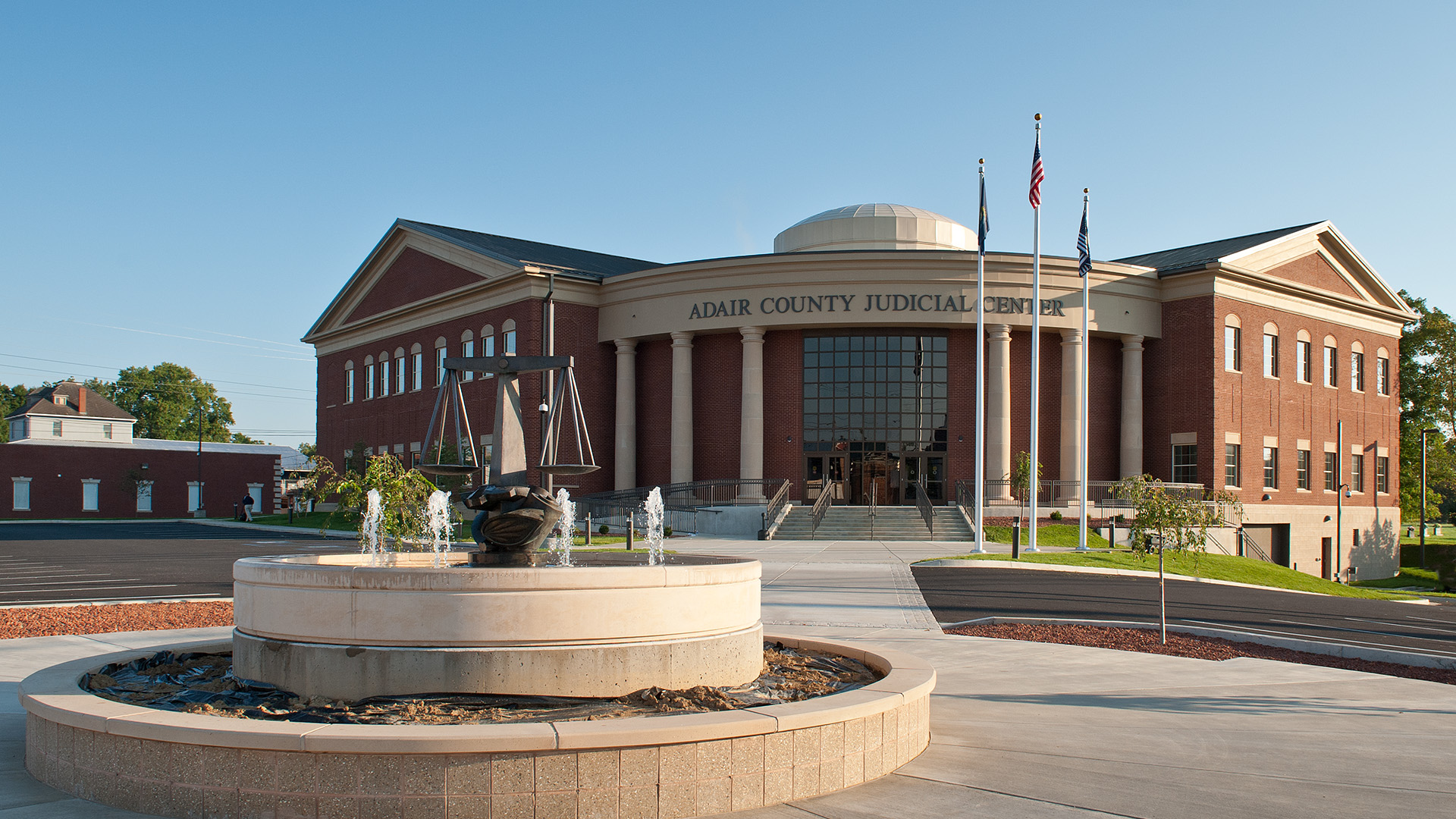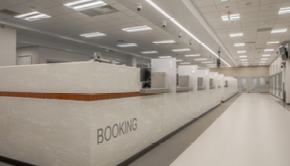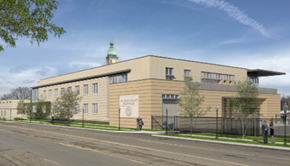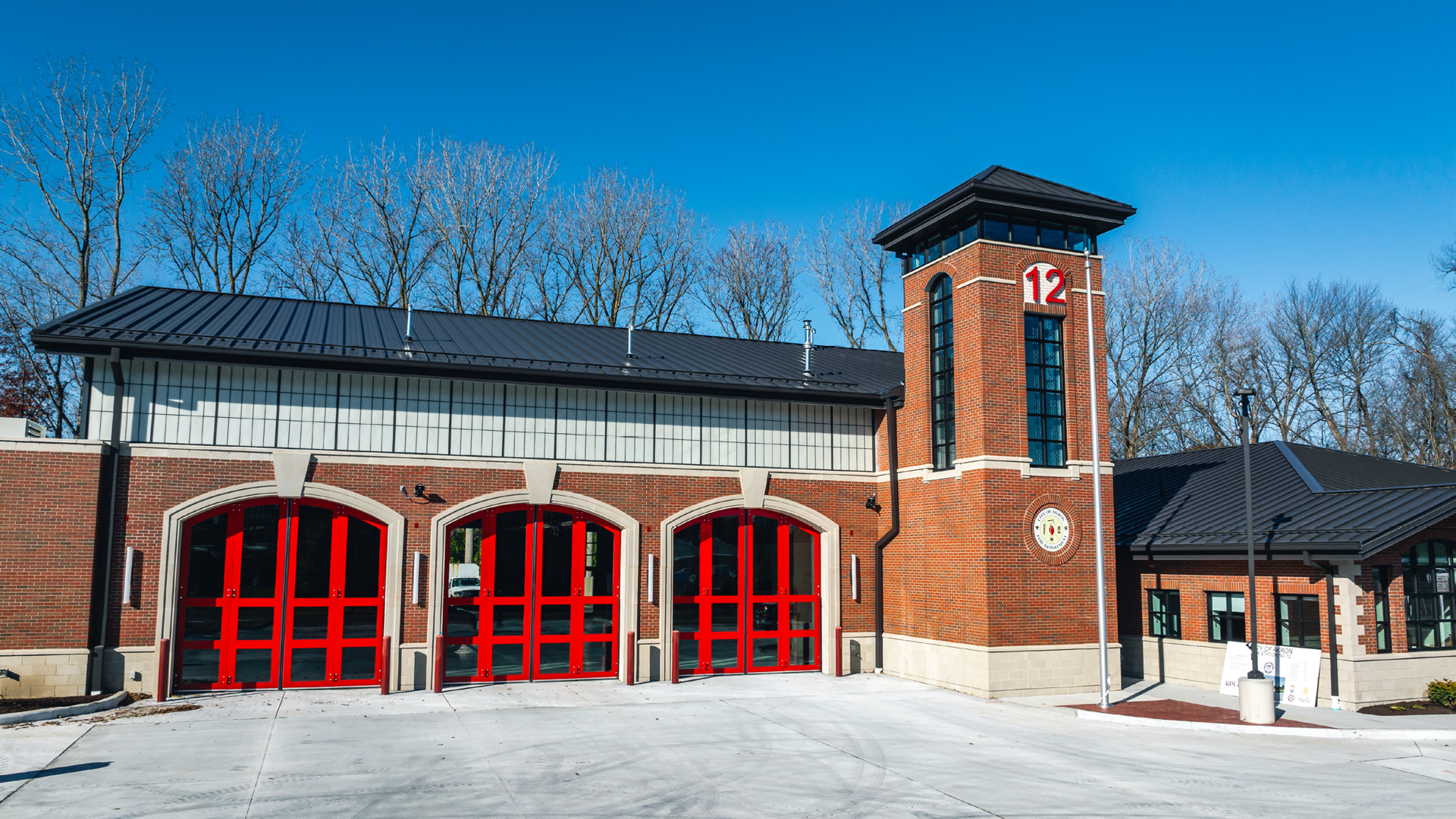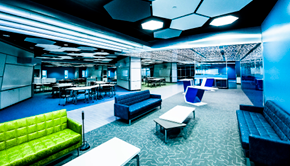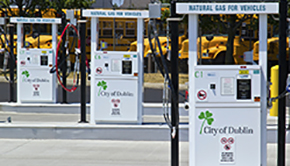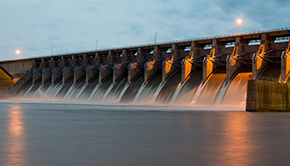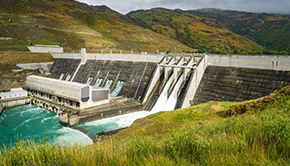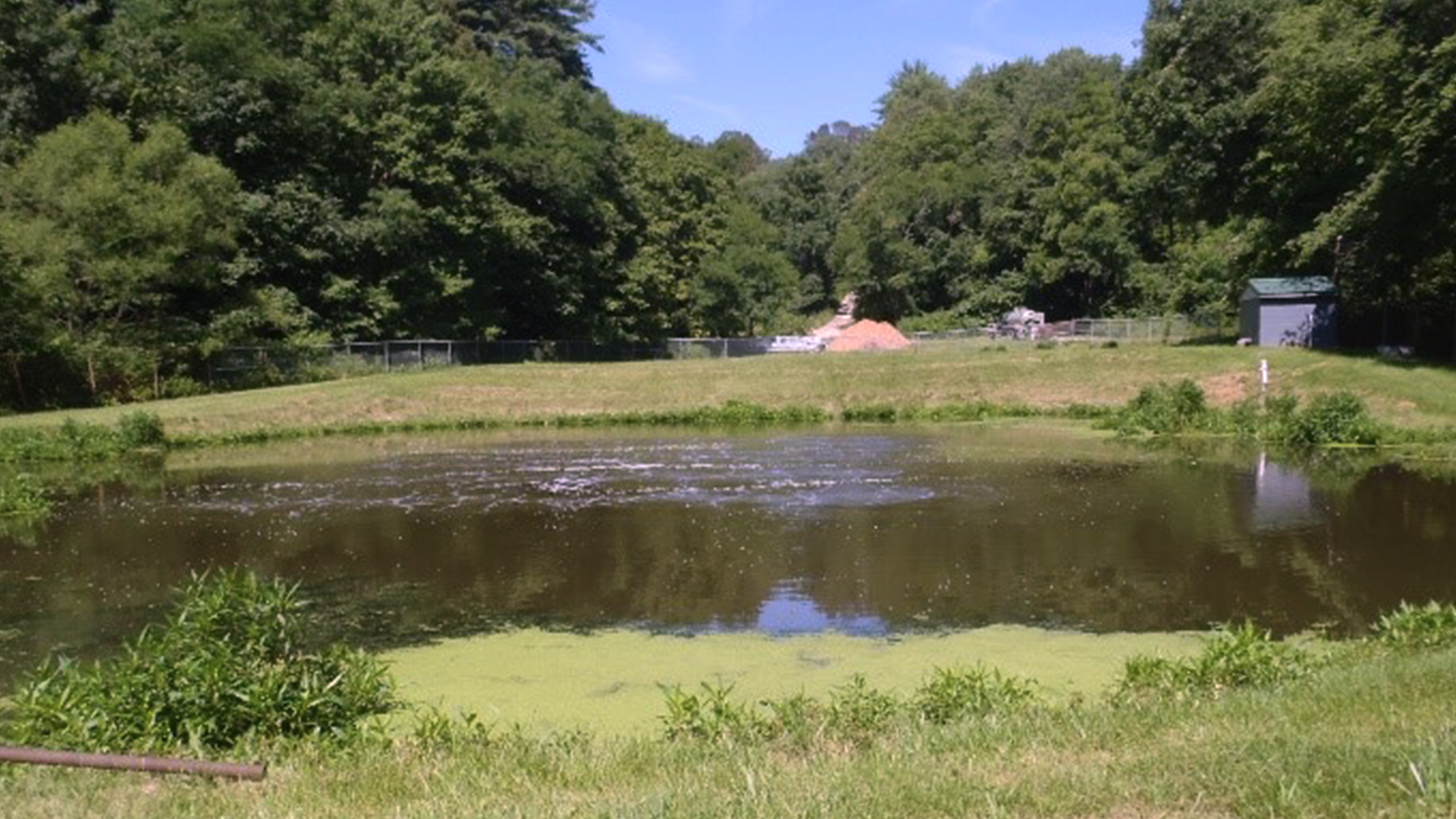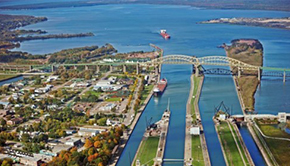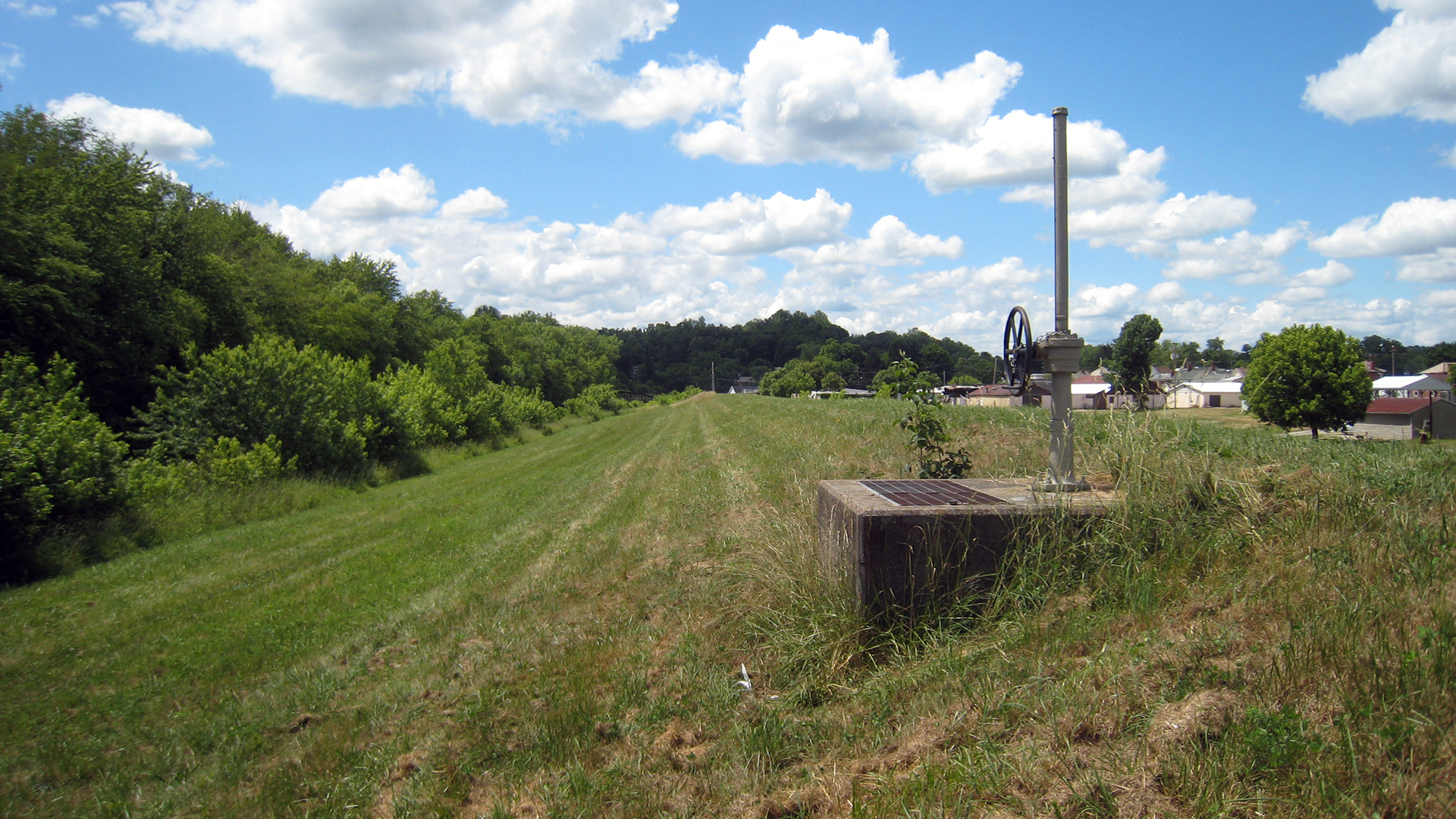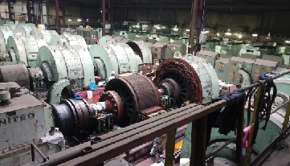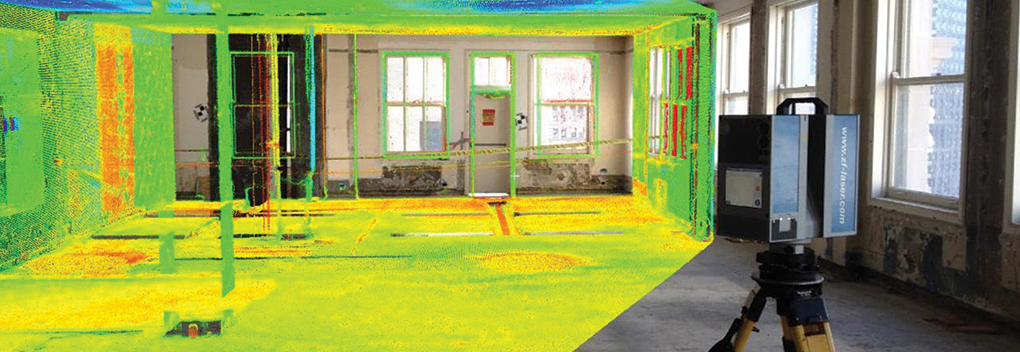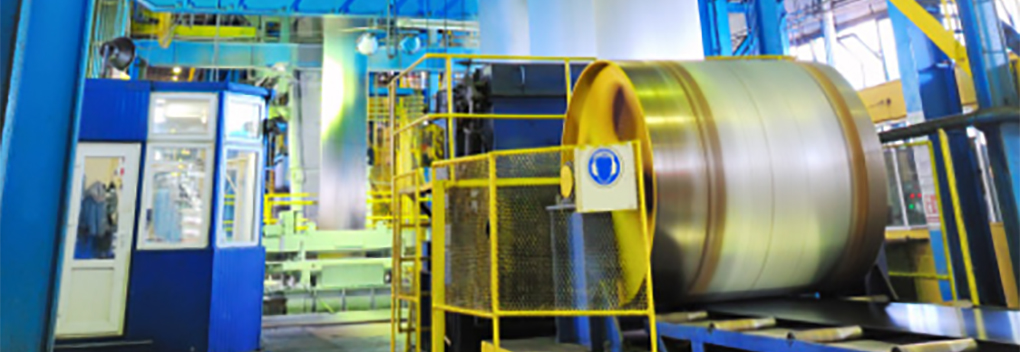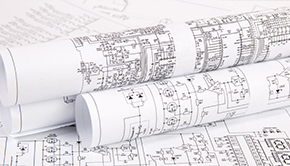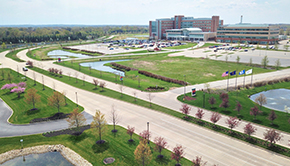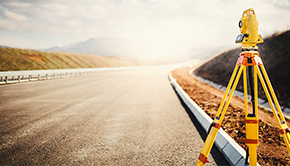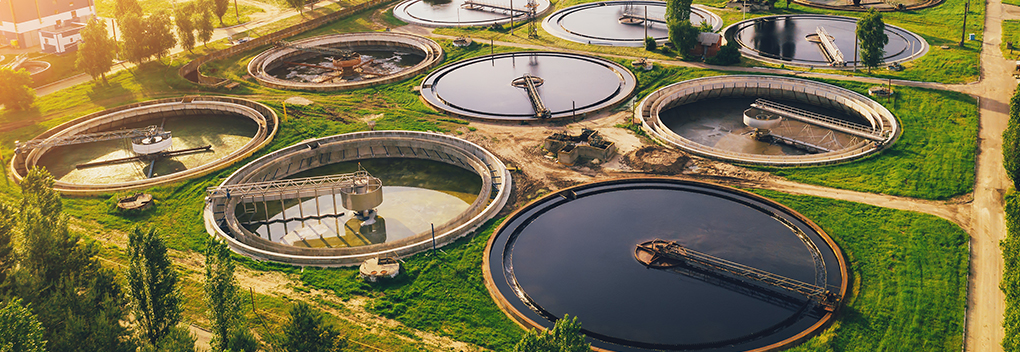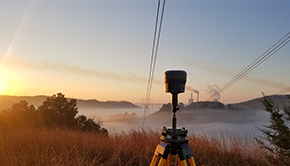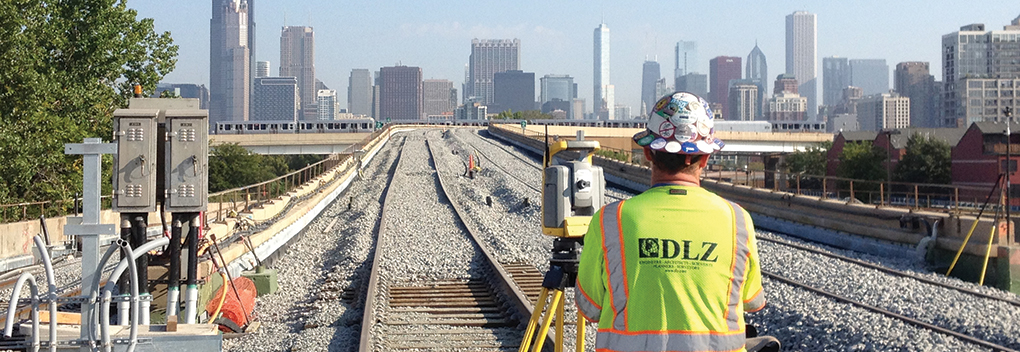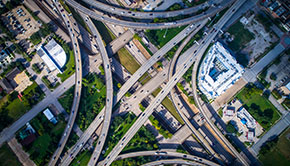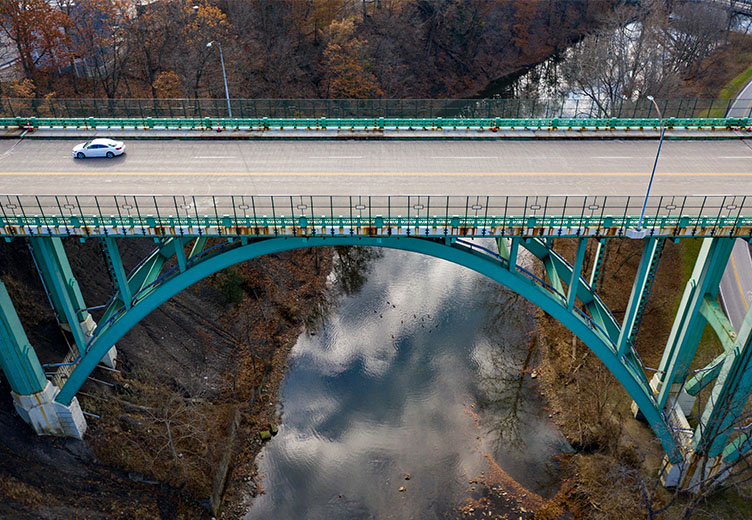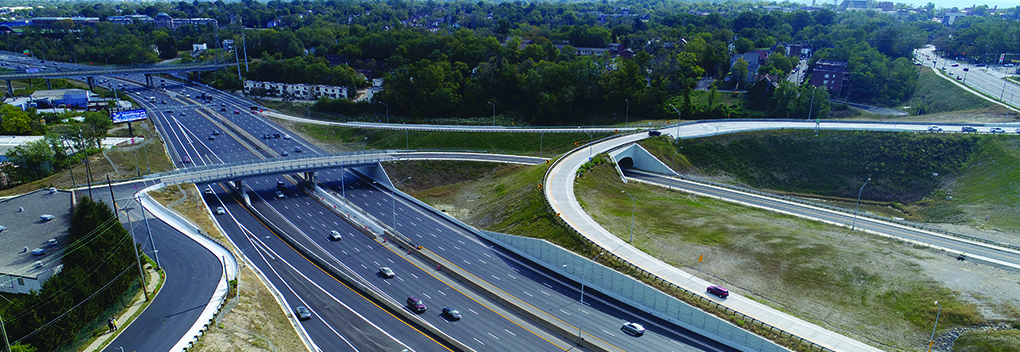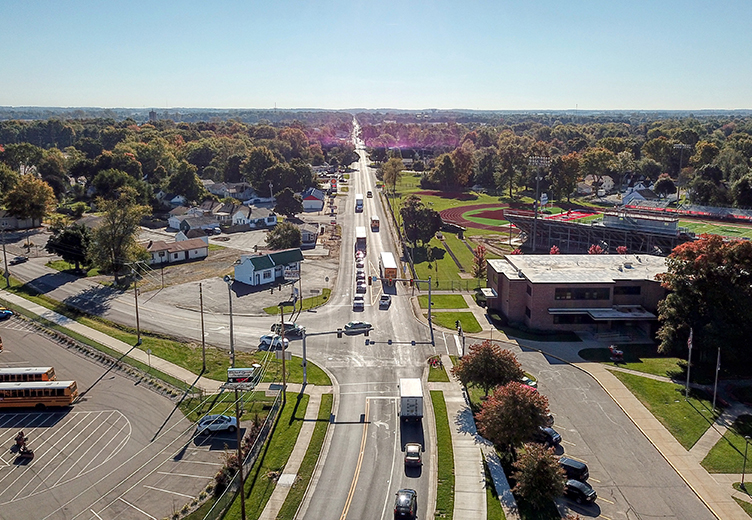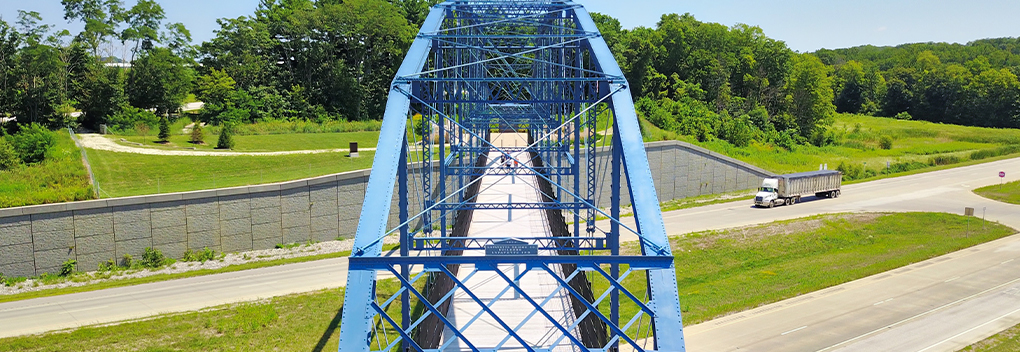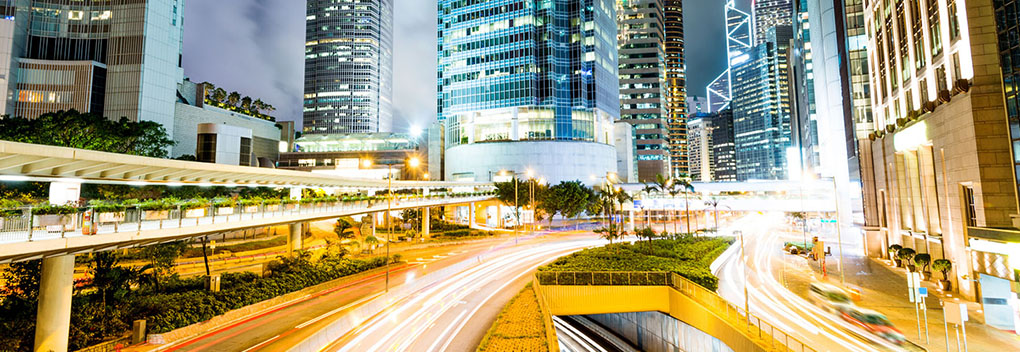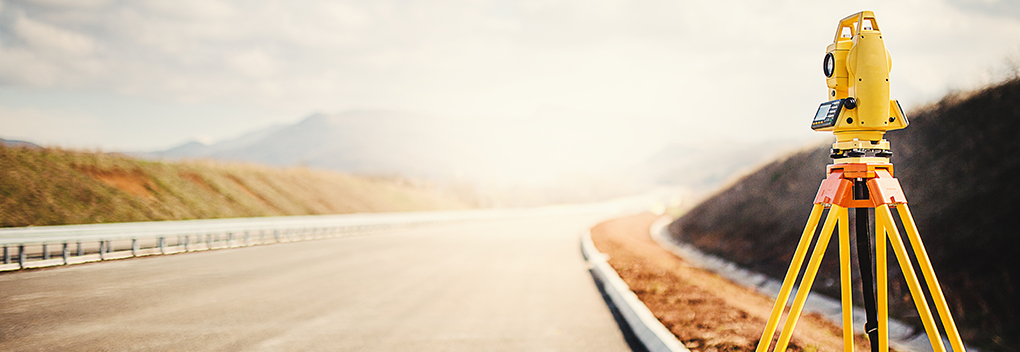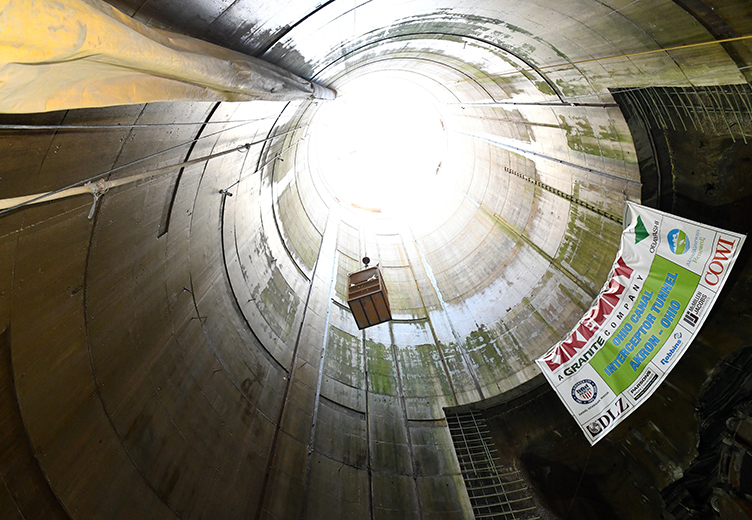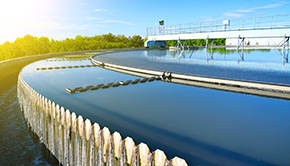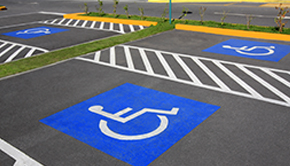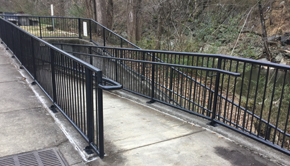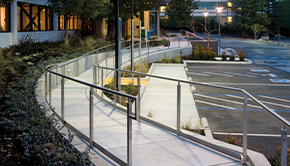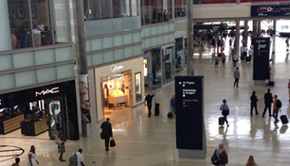During this pandemic, the wellness of employees and building occupants are a top priority for everyone. At DLZ, our architects and engineers are using evidence-based design to develop strategies that most effectively address the spread of SARS-CoV-2 virus and the associated COVID-19 disease.
To understand strategies for prevention, it is essential to first understand how this virus is spreading. While the scientific community still has much to learn about this virus, there is critical evidence that indicates how transmission is happening. Much like other airborne viruses, SARS-CoV-2 spreads in three ways: through droplets, aerosols, and on surfaces (fomite transmission). Of these, the most common transmission method is from droplets or aerosols as a result of direct person-to-person contact.
The most effective methods to prevent the spread of this disease are to self-quarantine when sick, wear a mask, maintain social distancing, and keep interactions outdoors, when possible. These options are not always available when working or living in buildings, so further steps are necessary to increase health safety for building occupants.
At DLZ, we believe in practical and cost-effective methods that reduce the spread of COVID-19. Rather than implementing new and untested methods, our approach is to use tried and true techniques that build off existing systems and retain value after the pandemic is over. To that end, we have identified several solutions that target certain methods of COVID-19 spread:

1. DILUTION
COVID-19: By diluting an indoor environment with outside air, the density of the virus decreases, reducing the chance that occupants will receive an infective dose.
Post-Pandemic: Many studies have found that increasing outdoor air improves wellness and employee productivity.
2. FILTRATION
COVID-19: This virus survives on small aerosolized water droplets that typical building filters cannot remove. By providing a MERV-13+ filter, the quantity of the virus in recirculated air is significantly reduced.
Post-Pandemic: Many diseases, including the seasonal flu and the common cold, spread through aerosolized water droplets. Filtering recirculated air can help reduce future disease spread.
3. AIR FLOW
COVID-19: Strategic airflow can reduce the spread of the virus from an infected person to others in the area.
Post-Pandemic: In addition to the spread of other airborne diseases, this also increases workplace comfort by removing smells such as strong perfumes or food.
Based on years of experience and current research, DLZ’s architects and engineers are working to advance building designs. We look forward to continuing collaborating with our clients as we fight this pandemic and prepare for a future free of COVID-19.

